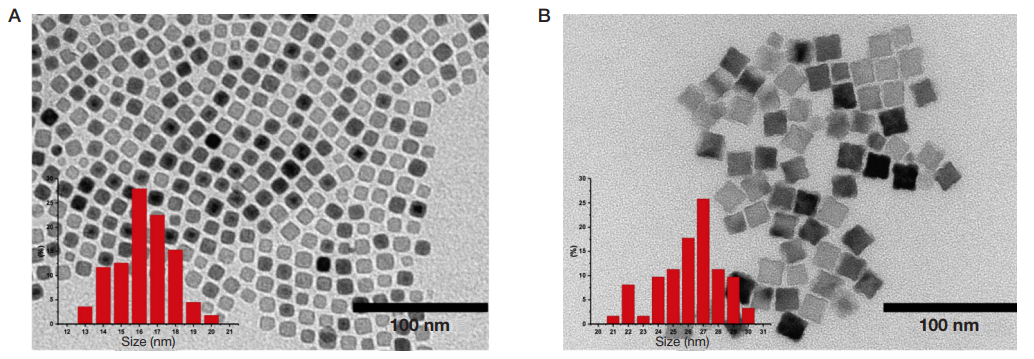
ORIGINAL RESEARCH
Lipidoid iron oxide nanoparticles are a platform for nucleic acid delivery to the liver
1 Laboratory of Biomedical Nanomaterials, National University of Science and Technology MISiS, Moscow
2 Center of Life Science, Skolkovo Institute of Science and Technology, Moscow
3 Laboratory of Tissue Specific Ligands Investigation, Lomonosov Moscow State University, Moscow
4 Department of Physical Materials Science, National University of Science and Technology MISiS, Moscow
5 Mendeleev University of Chemical Technology of Russia, Moscow
Correspondence should be addressed: Victoria I. Uvarova
Leninsky 4, Moscow, 119049; ur.kb@ayirotkiv_avoravu
Funding: the study was funded by the Ministry of Science and Higher Education of the Russian Federation. Project 14.578.21.0201 (ID RFMEFI57816X0201).





